I want to create an oracle function that get the user_id as param and return varchar2 that contain the e-mail text for the books that the user take from the library and didn't return them back, my email text that I want is: "hello " You should return this books: 1 <BOOK_NAME> that taken at 2. ....
This is what I wrote so far
create or replace function get_un_recived_books(param_client_id in number) return varchar2 is
Result varchar2(2000);
cursor cur_book is
select * from hashala natural join client natural join all_books natural join book
where
recived =0
and recived_date is null
and clientid= param_client_id
and taken_date < add_months(trunc(sysdate, 'month'), -3);
begin
FOR b IN cur_book LOOP
Result:= 'book ' || b.book_name;
END LOOP;
return(Result);
end;
I have 3 problems
how can i return all the books and not the last one (like += in c)
for the client name do I need to add another cursor, can I do it?
how to pass the value from the original query
select get_un_recived_books(!!!ADD HERE THE CLIENID!!!), clientid from hashala natural join client natural join all_books natural joinbook where recived =0 and recived_date is null
and taken_date < add_months(trunc(sysdate, 'month'), -3);
